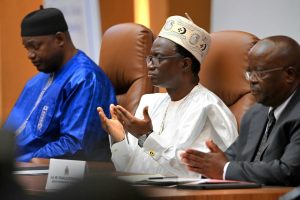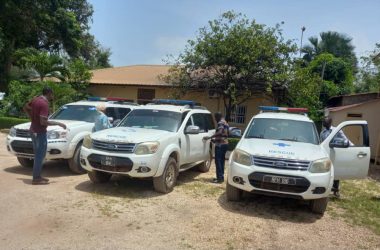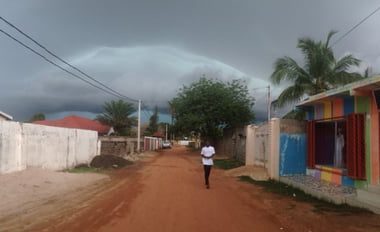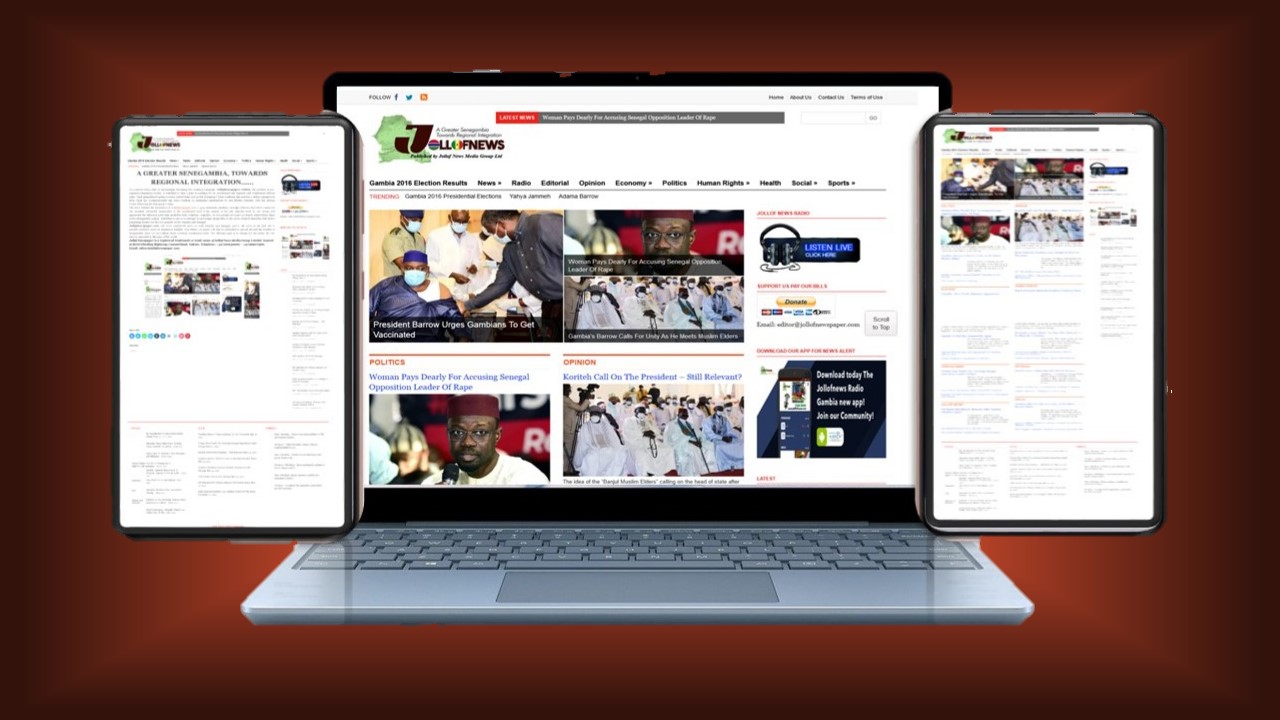President Adama Barrow has officially launched Gambia’s first-ever Madrassah Integration Strategy (2025–2029), marking what he called a “landmark moment” for education in the country. The launch took place at the Sir Dawda Kairaba Jawara International Conference Centre in Bijilo, drawing government officials, education stakeholders, and religious leaders.
The new strategy, developed by the Ministry of Higher Education, Research, Science and Technology in partnership with the World Bank under the RISE (Resilience, Inclusive, Skills and Equity) Project, sets out to formally integrate Madrassah and Majalis education into the national education system.
The Gambia Madrassah Integration Strategy (GMIS) aims to connect traditional Islamic education with modern learning pathways, especially in Technical and Vocational Education and Training (TVET) and Science, Technology, Engineering and Mathematics (STEM). The goal is to create a more inclusive system that offers meaningful academic and professional opportunities to students from Madrassah backgrounds.
“For generations, the parallel Madrassah and Majalis education systems have shaped the moral, spiritual, and academic life of our society,” President Barrow said in his keynote speech. “It is time we fully recognise their place in our national education structure.”
He described the new strategy not only as a policy shift but as “a powerful statement of our collective commitment to equity, inclusion, and transformation.” According to Barrow, the move will help ensure that every Gambian, regardless of their educational background, has access to quality higher education and employment pathways.
The strategy includes plans for curriculum reform, new teaching approaches, institutional partnerships, and investment in infrastructure and teacher training. It will also introduce bridging programmes focused on language and STEM literacy to better prepare Madrassah graduates for tertiary education and technical careers.
President Barrow noted that the initiative aligns with key national and international education frameworks, including The Gambia’s National Development Plan (2023–2027), the United Nations Sustainable Development Goals, the African Union’s Agenda 2063, and UNESCO’s Global Education Strategy.

“This strategy is about dignity, opportunity, and national development,” the President said. “It’s about making sure no one is left behind.”
The event wrapped up with commitments from the Ministry of Higher Education and its partners to begin rolling out the strategy later this year, with pilot programmes planned in selected regions.

The GMIS is expected to impact thousands of students and educators across The Gambia, offering a more unified and forward-looking vision for education in the country.





